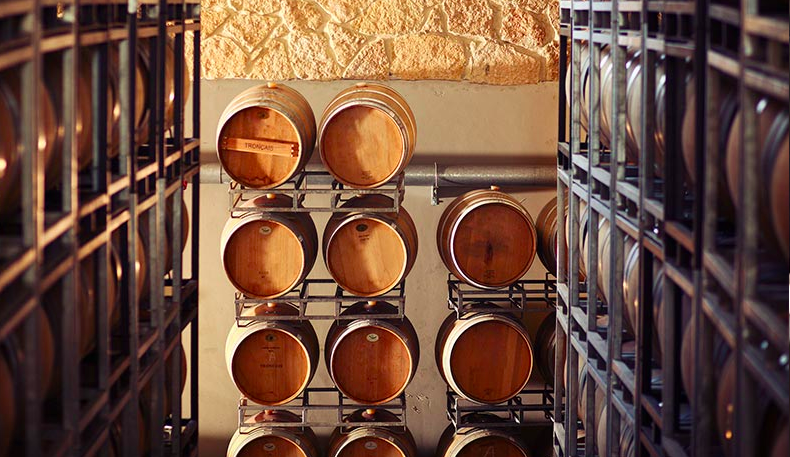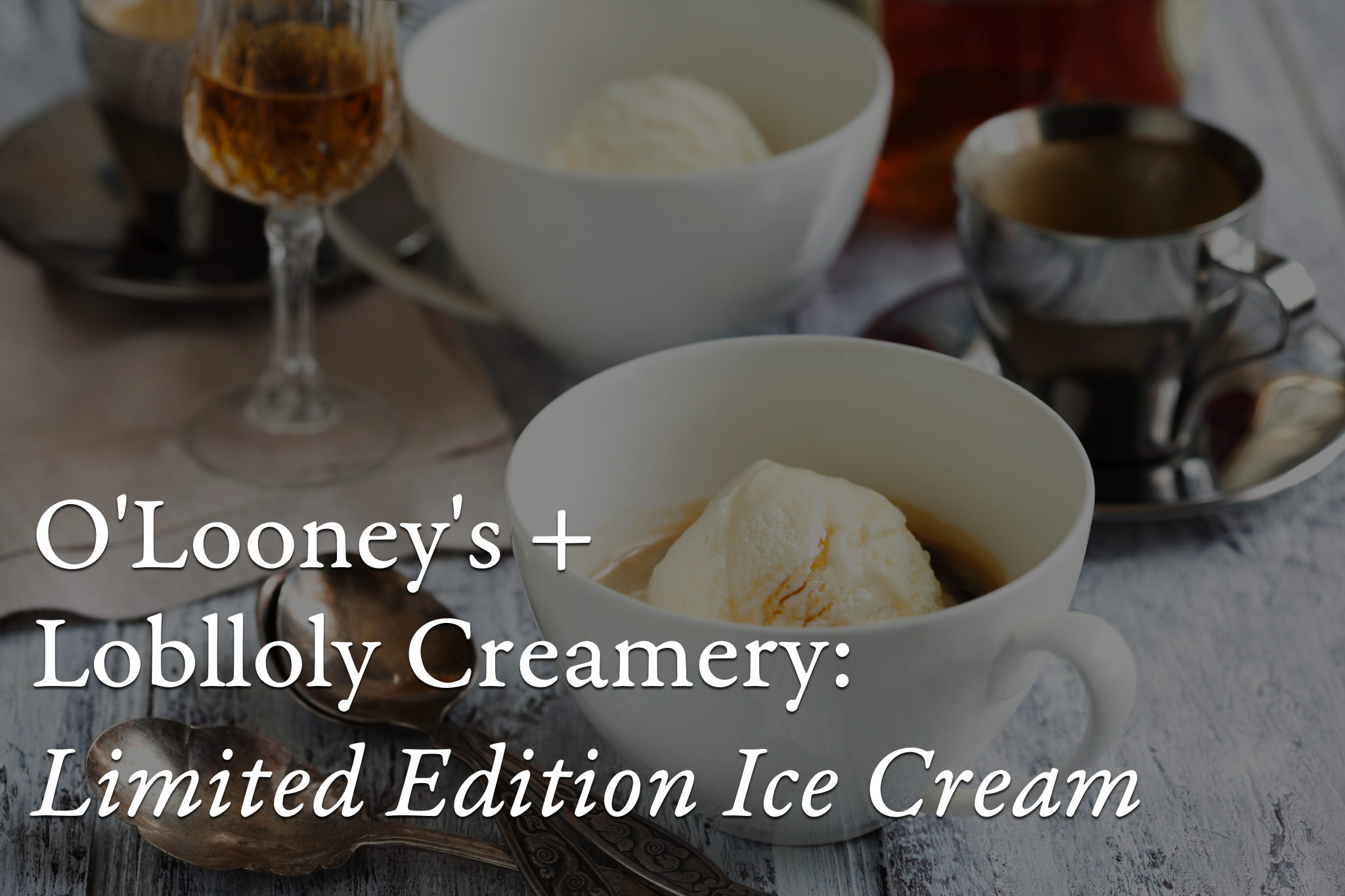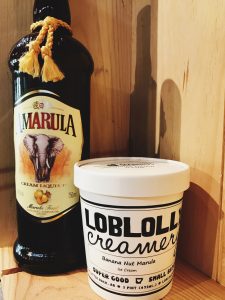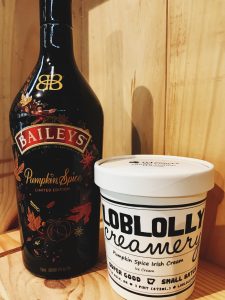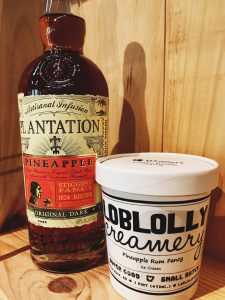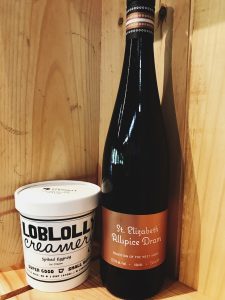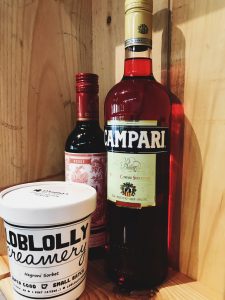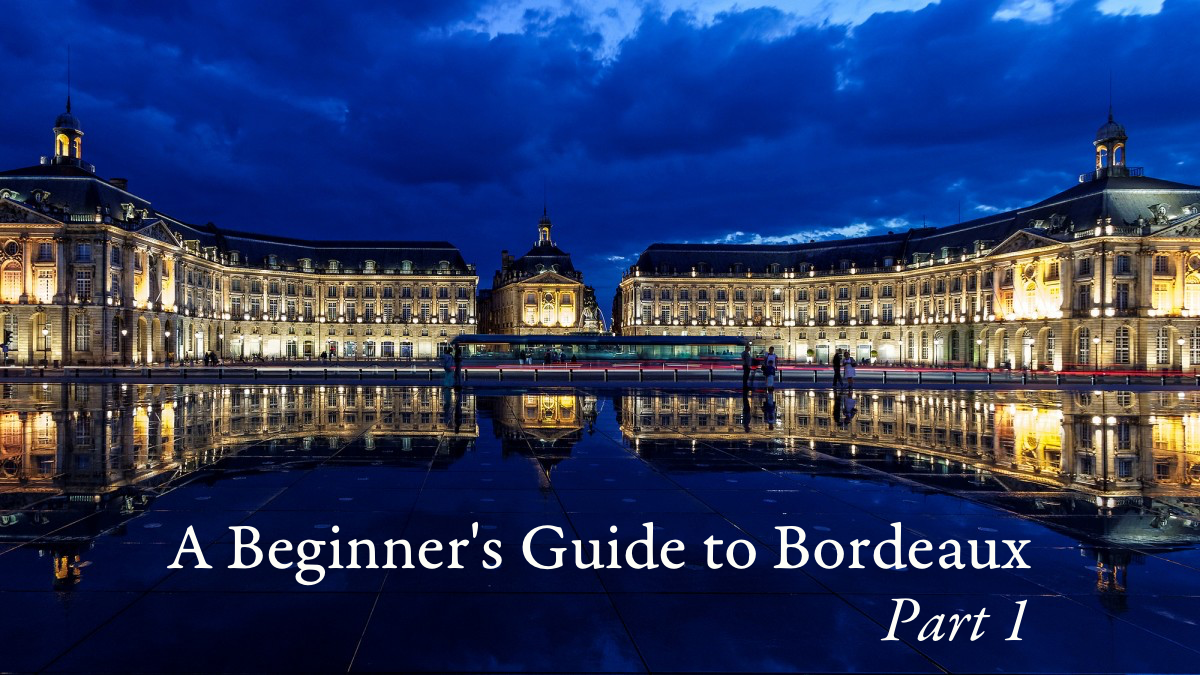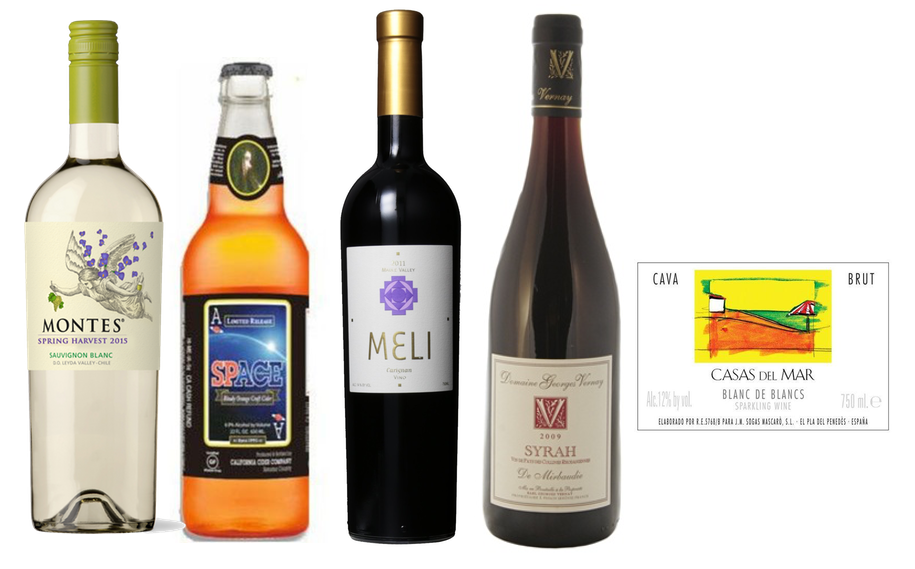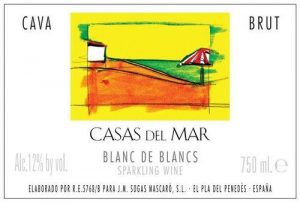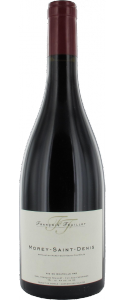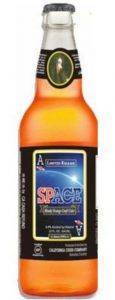Shamrock Selections is a monthly subscription service that brings you the best wines from around the world. Each month’s selection is carefully chosen by sommelier Keegan Sparks and his team. He keeps a keen eye out for wines that are unique, rare, and new to our market. Shamrock Selections is ideal for enthusiasts and explorers who delight in finding hidden gems and trying new, exclusive vintages. Each month, you can join us on a journey sampling and learning about some of the greatest wines in the world. Each selection of wine comes with detailed tasting notes and food pairing suggestions from our team.
2015 Tercos Bonarda
You may not be familiar with bonarda (this is my first experience with the grape) but it’s actually the second most planted variety in Argentina. I was intrigued by the chance to try a new grape and I was delighted to find that it’s downright delicious. Bonarda is very late ripening and needs a warm climate, like that of Argentina or its native Italy, to develop fully. The Tupungato mountainside where it is grown is the perfect environment for bonarda because it has long warm summers but it also has cool nights. This allows the grape to ripen while retaining freshness. The winemaking is designed to accentuate that freshness along with the true varietal flavors. It is fermented and aged without any use of oak and is released early. The result is a wine with a distinctly smoky character that reminds me of syrah, though the fruit is much more lush and the tannins are less intense. For food pairings, look no further than Argentinian style rotisserie chicken or steak served with chimichurri.
2014 Ridge Lytton Springs
Ridge Vineyards is one of my all time favorite estates. I say estate because they are committed as much to excellence in the vineyard as they are in the winery. They really believe in expressing the true character of the place the grapes come from. To achieve this, every effort is made to limit human influence on the wine. Biodynamic and organic farming are practiced throughout their vineyards, and irrigation is only used in instances when the life of the vine is threatened. Even in 2014, the third straight year of drought in California, with only 18’ of rainfall, no irrigation was used. The winemaking is as hands-off as possible. The back label of the bottle says it perfectly “Ingredients: Hand harvested, sustainably grown grapes; indigenous yeasts; naturally occurring malolactic bacteria; oak from barrel aging; minimum effective SO2.”
All this meticulous work results in a magnificent wine, a field blend of old vine zinfandel, petite syrah, carignan, and mataro. The Lytton Springs is stylistically similar to wines that were common before prohibition. Upon first opening, the aroma is very tight with an intense note of graphite. As it has time to breath a myriad of aromas and flavors are revealed; cedar, tobacco, cherry cola, ripe and dried strawberries, cocoa, red apple, and pear notes are all present. This is one of the most complex wines I’ve tasted in quite some time. On the palate, it’s rich without being heavy, with strong but elegant tannin and a finish that seems to go on forever. What I like even more about this wine is its ability to work with many different dishes. I enjoyed it with General Tso Chicken which I usually find too spicy for red wine but was a delightful match. I encourage you to try it with something unusual.
Want to learn more about Shamrock Selections? Click here.

